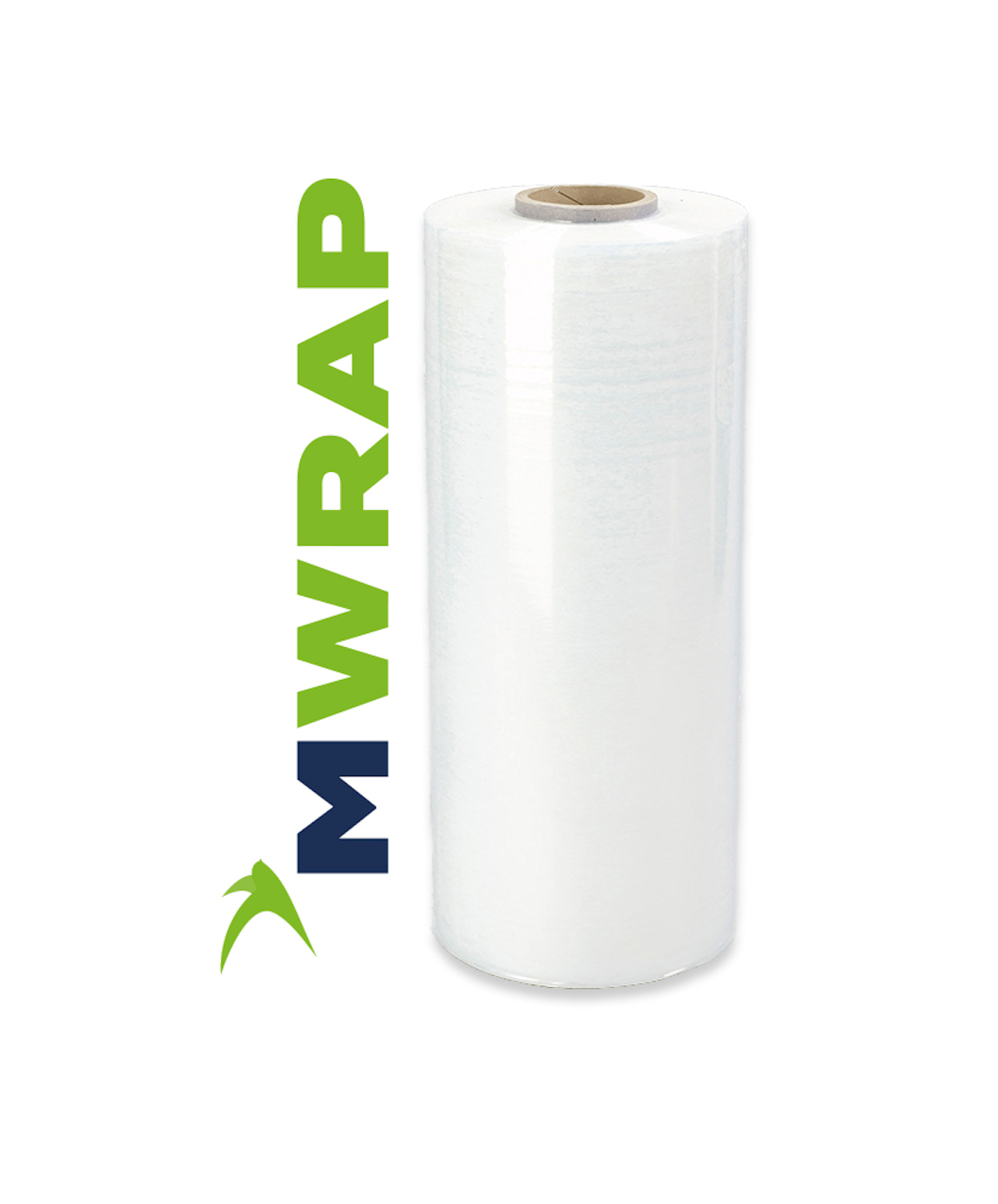How to lower your carbon footprint within your packaging operations
Scientists have been tracking atmospheric CO2 levels based on evidence that has been collected over six decades.
In 2021, CO2 levels were at the highest concentration in the atmosphere in 4.5 million years! This amount of greenhouse gas in the atmosphere is what drives the dangerous levels of global heating around the world.
Due to the amount of CO2 that is produced when manufacturing products, businesses massively contribute to global warming. This is why businesses are trying their best to cut down on the carbon emissions they produce within their operations by committing to Net Zero targets. This is pushed further by regulations such as Task Force on Climate-Related Financial Disclosures (UK) and Corporate Sustainability Reporting Directive (EU) that came into force in January 2023.
Plus, over 4,000 companies worldwide are setting emissions reduction targets through the Science Based Target Initiative. These science-based targets show businesses how much and how quickly they need to reduce their greenhouse gas emissions to prevent the worst impacts of climate change, in order to lead them onto a clear path toward decarbonisation.
So, what role does packaging play in lowering carbon footprint? To calculate carbon footprint, you need to look at greenhouse gas emissions that are created during the production of packaging. This includes looking at the raw materials used, and the design process. Following this, transportation of the raw materials and how the product is recycled afterwards also need to be considered.
Within this article, we will explore how to reduce your carbon footprint within your packaging operations.

Reduce, Re-use, Recycle!
To begin with, it is advisable to make an effort to reduce the quantity of packaging employed. This can be accomplished by providing staff with training and education regarding efficient product packaging techniques, utilising automated packaging machinery that is highly efficient, and ultimately employing packaging design that ensures a precise fit between the product and the package, resulting in minimal material waste.
By reusing packaging, you can reduce the need for excessive manufacturing of materials, resulting in a decrease in CO2 emissions. Take plastic pallets as an example; they offer a means of repackaging products. It is important to dispel the misconception that all plastics are hazardous because plastic pallets, for instance, are durable, reusable, and provide an alternative to wood. Additionally, they are lightweight, splinter-free, easy to clean, and can be used repeatedly. These advantages of plastic often go unnoticed but are worth considering.
Lastly, it is crucial to embrace recycling. Incorporating recyclable packaging into your operations can significantly reduce your business's carbon footprint. This is due to the fact that recycling requires less energy and generates less pollution compared to producing new packaging materials from scratch. Our Gummed Paper Tape is an excellent example of recyclable packaging as it is made from renewable, natural resources that make it 100% recyclable.

Switch to sustainable packaging materials
This brings us to our next point – switching to sustainable packaging materials. Let’s start this section with the results from a British YouGov poll. The results revealed that, on average, people believed reducing the number of plastic items they purchased is the third most effective way to reduce carbon emissions. However, the poll showed buying and using less plastic is actually one of the least effective ways to lower carbon emissions, removing only 0.02 tonnes of carbon dioxide per person per year!
Similarly, cardboard is often praised for being the more environmentally friendly option compared to plastic because it is biodegradable. However, it actually has a huge carbon footprint! In order for corrugated cardboard to be produced, trees need to be harvested then shipped to pulp mills where they are pulped, formed, pressed, dried, and then rolled, before being sent to corrugating plants and made into cardboard. As you can imagine, this process requires an enormous amount of energy. Not only that, but when cardboard decomposes, carbon dioxide is then released back into the atmosphere, which in turn contributes to global temperatures rising. This means that when businesses are swapping packaging materials to reduce plastic, they are actually doubling their carbon impact at the same time.

Just as another example, many retailers have switched out their plastic bags to paper bags. While you would think that paper bags are more sustainable than plastic, in actual fact, the carbon footprint of a paper bag is five times larger than a plastic bag.
So, how can you mitigate this challenge within your packaging operations?

- MWrap: Utilises the latest in technology in film production providing a reinforced, stronger film that is made from 30% recycled content and results in up to 75% less waste produced.
- Foam Profiles: Re-usable foam protection for corners, edges, and tubes. Our Foam Profiles offer high impact protection and are made from 100% recycled material.
- Paper Affix: Paper and glue wallets that come with a tough adhesive backing, providing a strong hold that lasts. They are a recyclable product that is FSC certified and made from 30% recycled material.
- Honeycomb Paper Wrap: An eco-friendly alternative to traditional bubble wrap. Honeycomb Paper Wrap is made from 100% FSC certified, die-cut kraft paper and delivers excellent performance, with no impact on the environment!
- Reinforced Self Adhesive Paper Machine: An eco-friendly solution to automated machine taping. If you are a frequent user of machine tape, it’s worth considering a packaging machine to ensure your packaging operations are more efficient.


Are you looking for reliable sustainable packaging solutions?
From production through to the packing process and final point of delivery, our packaging solutions are designed to meet the unique needs of your business whilst keeping the planet at heart. Our sustainable packaging solutions minimise material usage, utilise recycled content where feasible, and provide adequate protection for your products.
Reduce transport emissions
Did you know that transportation accounts for 14% of global greenhouse gas emissions? The majority of which are caused by road transportation and shipping.
Therefore, it is important to optimise your transportation routes and methods to reduce fuel consumption and greenhouse gas emissions. By reducing the number of trips needed by optimising your delivery schedules, you will be reducing the amount of transport emissions your business produces, which is another step towards sustainability.
Of course, you can also try to use lightweight packaging materials to reduce the amount of transport emissions your business produces. For example, plastic packaging is known to be a lot lighter than cardboard. EPP and EPS stand out in particular as they are very lightweight packaging materials, made of 98% air, and offering 62% reduction in weight compared to other plastics, and an 82% weight reduction compared to wood.
Similarly, you should aim to decrease the number of damages that occur during shipment, as this will mean there will be less repeat deliveries. For example, making sure that your packaging provides enough protection for the product inside which will equal less transport, reduced CO2 emissions, and a smaller carbon footprint.
Another great way to detect damages is through our Impact Indicator Labels that are designed to indicate when any mishandling or damage has occurred. In fact, they can potentially reduce damage by up to 80%! This is because when supply chain participants see the impact indicator on the packaging, it decreases the chances of any bad handling occurring.

Sustainable packaging from Swiftpak
By 2026, it is predicted 20% of organisations will prioritise reducing their carbon footprint of their packaging over eliminating plastics and improving recycling. It is anticipated that the future of sustainable packaging will see more of a focus on material reduction, or adopting materials that are produced, transported, and processed. This is because these are seen as more financially viable ways for businesses to reduce their carbon footprint.
With that being said, throughout the packaging process, our packaging solutions are designed to meet the unique requirements of your business whilst keeping sustainability and the planet at the heart of what we do. If you are on the hunt for ways to reduce the carbon emissions your company produces, feel free to contact our packaging experts today to find out how we can help.
